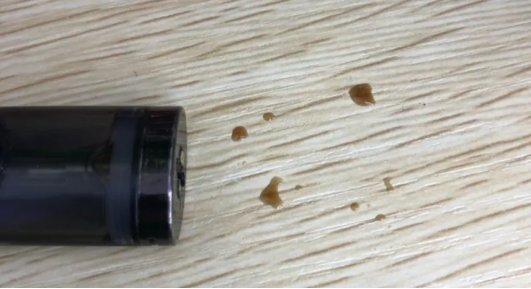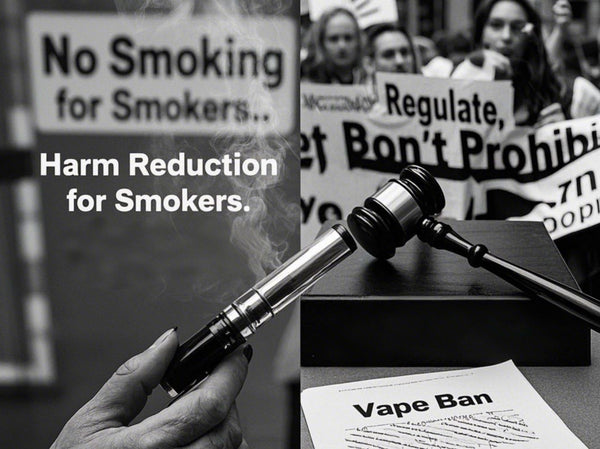
This page contains information about electronic cigarettes. Minors are not allowed to browse!
Have you ever inhaled sweet e-juice into your mouth when you were smoking e-cigarettes? It is quite stimulating to your mouth.
What is your first reaction to this situation? Do you think the pod has "leaked"?
Most of the electronic cigarette brands on the market have made great efforts to prevent the juice leakage of pods. They have made many leakproof designs, which can prevent the juice leakage of pods with great probability. However, we will still smoke the liquid suspected of juice leakage during use. Why?
So what is condensate? How did it come about?
Condensate is determined by the working principle of the electronic cigarette. When the electronic cigarette device/holder is working, the smoke can not be completely sucked during the atomization process, and a little smoke will remain in the atomizer or the pod. The smoke will be cooled and condensed into small water droplets.
The principle is similar to that of distilled water. You can observe the water droplets on the lid when the kettle is working. These condensates are not entirely tobacco juice, and the main components are water and a small amount of juice.
You can see the color of the condensate is dark

You can see the juice leakage is a light color
Although the two situations of condensation and juice leakage are similar in appearance, they are also very easy to distinguish. The main differences are as follows:

We can distinguish condensate accumulation from smoke bomb leakage in the following simple ways:
Atomization sound: during the heating process of atomization, the sound of "gurgling" is generated by the accumulation of condensate;
Liquid color: Wipe with a tissue. At the connection of the pod or cigarette rod, the ejuice is light yellow, and the color of the condensate is dark brown;
Location: Condensate is generally stacked at the connection between the pod and the device rod.
E-cigarette leakage is generally caused by abnormal channels such as the outside of the atomizing chamber glass, the atomizer base, and the outside of the cigarette holder.
The concept of juice leakage is: juice flows out from abnormal channels.
After introducing the condensate, let's talk about the treatment and precautions of the condensate.
Condensate belongs to the scope of machine maintenance and can be solved by the following methods:
1. Wipe the connection between the device and the pod with a tissue, and confirm whether it is condensation or juice leakage.
2. If it happens every day, it is recommended to clean it regularly, because if the condensate exists for a long time and is not cleaned, it will cause the short cut of the device.
3. For the condensate accumulated at the inhale port of the pod(mouthpiece), you only need to turn the pod downwards and shake it several times.
Next, let's talk about the juice spill
First of all, due to the hot weather in summer, pods should not be placed in the car for a long time or exposed to direct sunlight. This will lead to juice leakage caused by high-temperature evaporation. The correct storage method for pod is to store them in a cool and dry place.
When flying by plane, please separate the pod from the device. Changes in air pressure may cause juice leakage. It is recommended to wrap the unpacked pod in a plastic bag to prevent contamination of other items. Do not check it in, just carry it with you. In addition, carrying too many pods may not be able to board the plane...
Another situation is long-distance transportation, which may cause a small amount of seepage and juice leakage. Wipe it clean with a tissue, and just shake the pod with the mouthpiece down, which will not affect the later use.
About the juice leakage and condensation of e-cigarette refill pods, that’s all I’ve said, maybe not enough details. Smokers are welcome to leave a message at the end of the article to exchange experiences.



